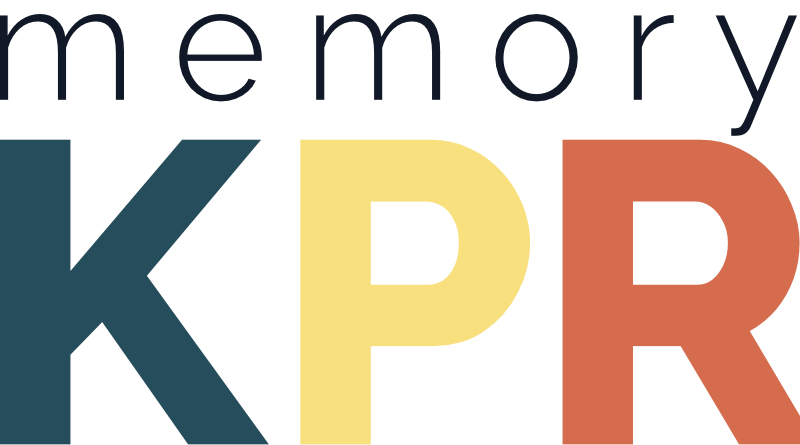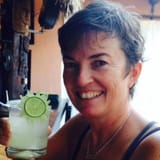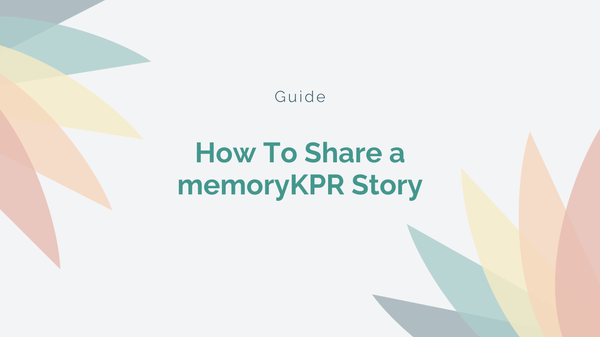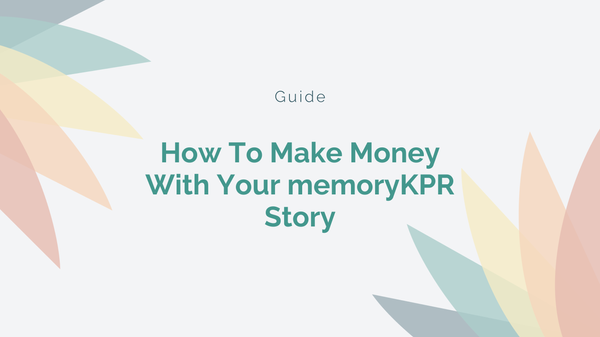Want a More Vibrant Community? Start with Storytelling

It’s easy to connect with someone who’s grown up in the same place, or shares the same culture or religion as you.
If you’re a similar age, work in the same field, or meet at a festival that celebrates the same hobby, it’s not that difficult to strike up a conversation and perhaps build a friendship.
What if you’re not the same as everyone else? How does a young person connect with a group of older people? How does someone from a different culture connect when they’re new, and everyone else is the same?
Storytelling is one way that communities can bring together diverse groups, bridging the gap between those of a different age, gender, culture, religion, race and more.
Transform Your Community
Schedule your free demo today and take the first step towards a more connected community.
Book a DemoPlacemaking for Community Building: How to Design Welcoming Spaces
Creating welcoming spaces is a powerful tool for communities, from small businesses to museums to resorts. It’s known as “placemaking,” and is simply defined as the process of creating quality places that people want to live, work, play and learn in.
Making quality places in your community also creates a feeling of community beyond just a dot on a map. Placemaking can aid in local revitalization, boost civic engagement, and even help economic development. Local branding will make your community one that residents and visitors alike want to be part of.

There’s another benefit beyond community branding—bridging the gap among diverse groups within your community. Placemaking can create “connections across difference:”
“One of the unique roles of a great public space is that it invites and encourages interactions between people with different lived experiences and identities. This is an especially crucial role because these places are some of the few where this type of interaction happens. So for genuine sociability to take root, a public space must be welcoming to many different communities and demographic groups and give them the chance to engage with one another.”
By creating quality places—through initiatives like the preservation of historic structures or community heritage, promoting arts, culture, creativity and recreation, or creating green or mixed-use spaces—communities will re-write their own story. That’s local branding that benefits residents and visitors alike.
The Role of Storytelling in Community
Every community has a story, and the communities within the community have stories too. Stories and culture are what makes communities vibrant. A community loses that vibrancy when those stories are “drained away,” when those with different or marginalized voices are told to “just integrate.”
Emily Craven, who is a self-described “placemaker,” says stories can:
- increase empathy, whether that’s between race and culture, or for people, cities, organizations, businesses and even brands
- foster conversation
- build connections
- unlock the vibrancy, both cultural and economic, in communities
Craven also believes that the best stories are those that are interactive. That’s great, because that’s also where community storytelling can truly shine.
How to Use Storytelling to Connect Diverse Communities
So how can storytelling connect diverse communities? And how do communties collect and share those stories?
Some examples will help. Placemaking plays a vital role in each of our examples, because creating a welcoming space is a great way to start to tell the story.
1. Calgary’s Heritage Park: Connecting Generations

Heritage Park Historical Village is one of Calgary’s premier tourist attractions. The Park’s mission is to “connect people with the history of Western Canada,” by preserving the culture and heritage for generations to come. Throughout the year, guests have the opportunity to interact with nearly 100 years of history. There are exhibits, artifacts, replica costumes, and different events and activities throughout the year.
To celebrate its 60th anniversary, Heritage Park wanted to interact with people by asking them to share their stories. Heritage Park used memoryKPR to gather stories from staff, community members, and visitors since its inception. They were able to contribute photos, videos, and audio recordings using a QR code from their memoryKPR story. Overall, they have gathered over 500 memories from those who’ve had experiences at Heritage Park. Collecting stories from people all over the world would have been difficult without a digital storytelling platform
2. Saskatoon’s Dakota Dunes Resort: Connecting Cultures
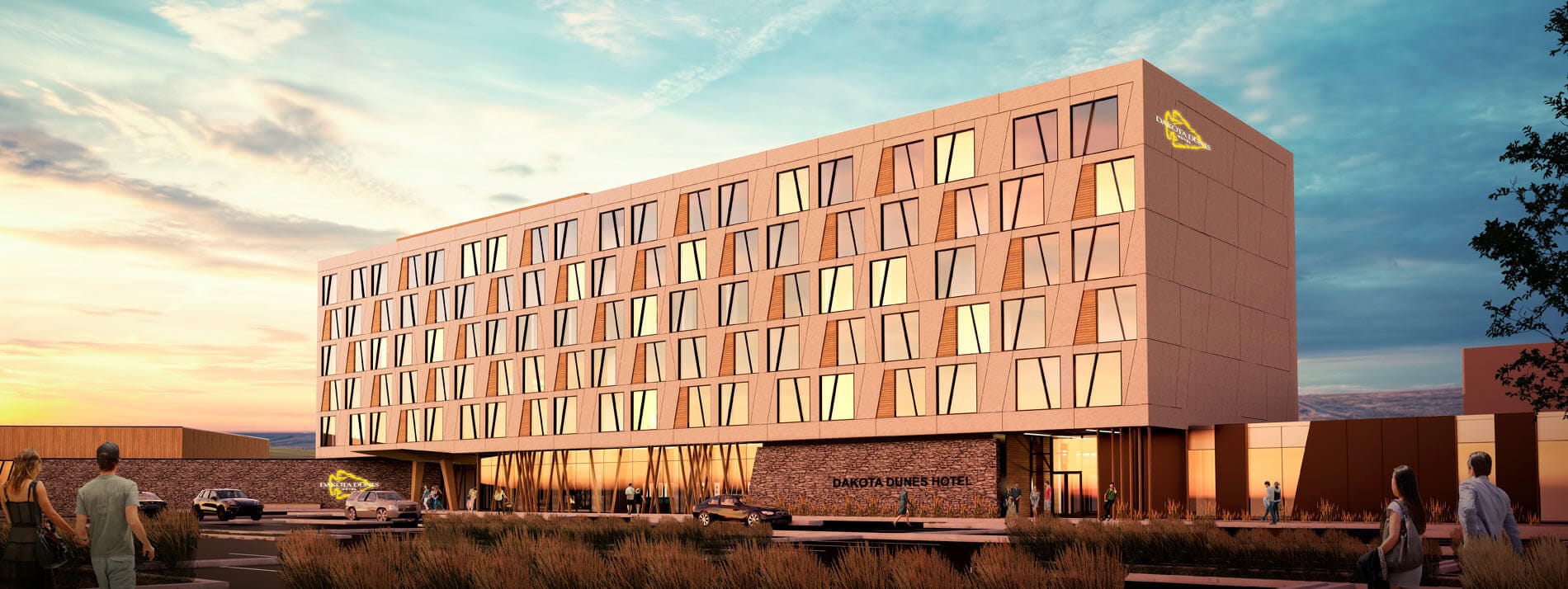
Dakota Dunes tells the story of the traditional Whitecap Dakota Territory near Saskatoon in a truly interactive way.
One way is by providing guests with authentic Indigenous experiences, like making bannock on a stick or taking part in a Pow Wow dance presentation. The resort also uses digital storytelling to invite guests to interact with the story of the area.
Using memoryKPR, guests learn the culture, history and language with stories shared through QR codes placed in every room. Visitors can even listen to traditional languages, and there’s also the ability for guests to add their own story to the Dakota Dunes story. A digital scavenger hunt is another way to get involved while also teaching the culture and history of Whitecap Dakota First Nation.
3. Atlanta’s Transit Authority: Connecting Diverse Commuters

In an example that may seem more about business storytelling, Atlanta re-wrote the story of one of their transit hubs. North Avenue was a concrete building next to a plaza with sparse seating, gathering diverse traffic such as students from Georgia Tech, Midtown’s office workers and residents. Since people spend time at the hub, waiting for a bus or a train, the city decided to create an experience that would speak to the diverse communities who gather at the station while creating a more welcoming place.
The Project for Public Spaces gathered feedback, like pop-up boards that asked people to share ideas and vote on their preferences for the space. The end result was a gathering spot with public art to touch up the concrete and a container stage to host performances, creating opportunities to involve nearby students. There are no parks nearby, so this space was transformed into a “vibrant public space, shifting from on-the-go to wait-and-see.”
This local revitalization was based on the thought that transit hubs anchor their surrounding neighbourhood and so are the perfect location to create a welcoming place.
As one organizer said: “people converge and connect there, and “it feels a lot more open and non-judgmental. The barrier of belonging is low: you don’t need a reason to be there. This creates places for people because, at the end of the day, all these places are about people connecting to each other. So why not?”
This story could be expanded by encouraging visitors to share their experience with user-generated content or placement of QR codes to share the history of the station.
Connecting Generations Through Storytelling

Each of these examples tells a story of connecting communities. If you’re looking to connect your community through stories, a tool like memoryKPR can help. You can use it to capture the whole story of a place, community or business. You don’t need an account with a social media platform, but you can still connect to social media when you want it.
The platform gives you the ability to:
- use QR codes to easily share and gather user-generated content
- import content from social media and cloud platforms
- integrate your stories into your own website or app
- add hashtagged social media moments directly into your story
- white label your story to add your own logo
- collect donations for a project
- build a searchable database with the content management system
If you need help, reach out to memoryKPR. We can help you build your story engagement strategy to connect your diverse communities.
Ready to see how easy (and powerful) it can be? Explore memoryKPR today. Your stories—and your community—deserve a vibrant future.
Transform Your Community
Schedule your free demo today and take the first step towards a more connected community.
Book a Demo